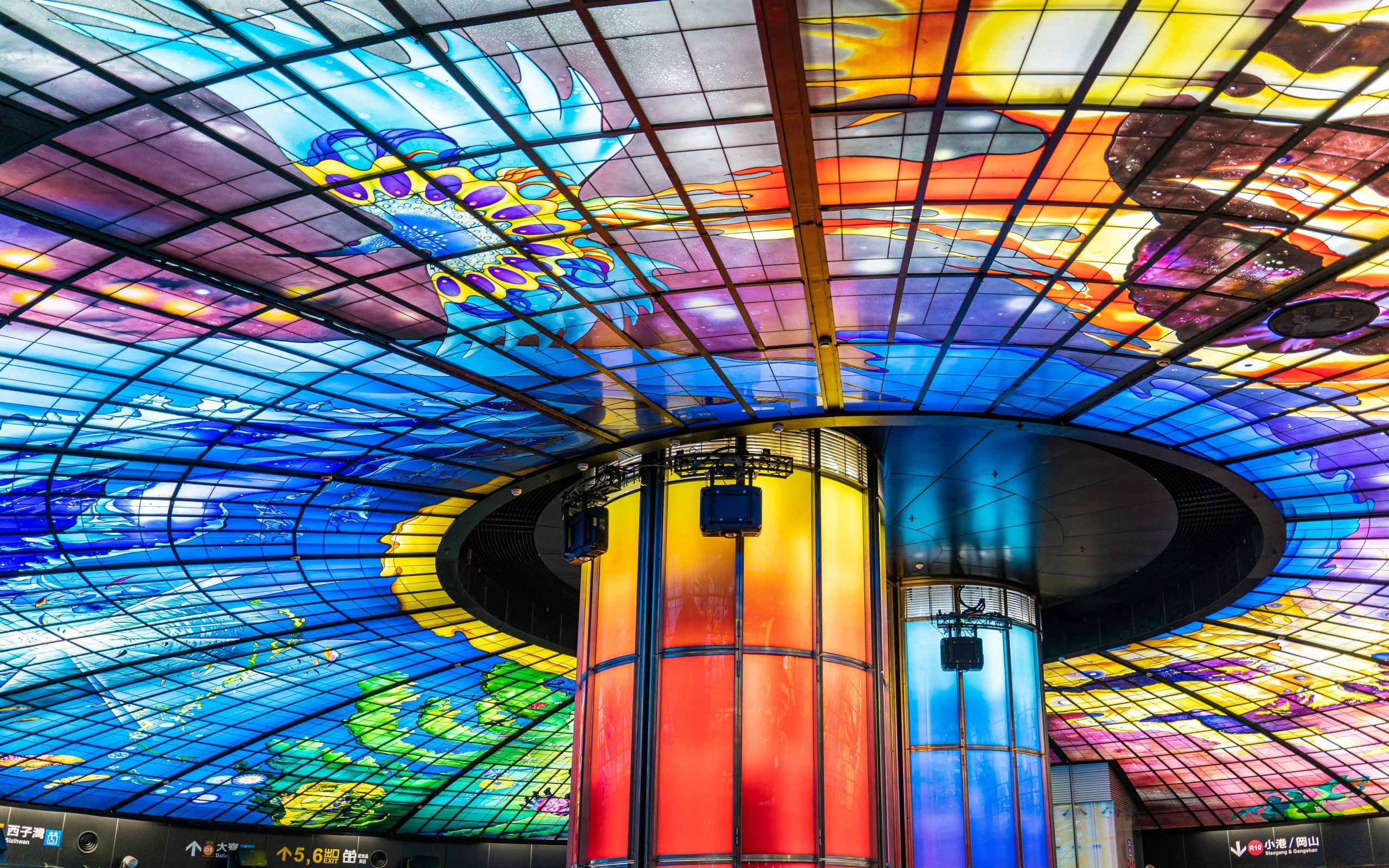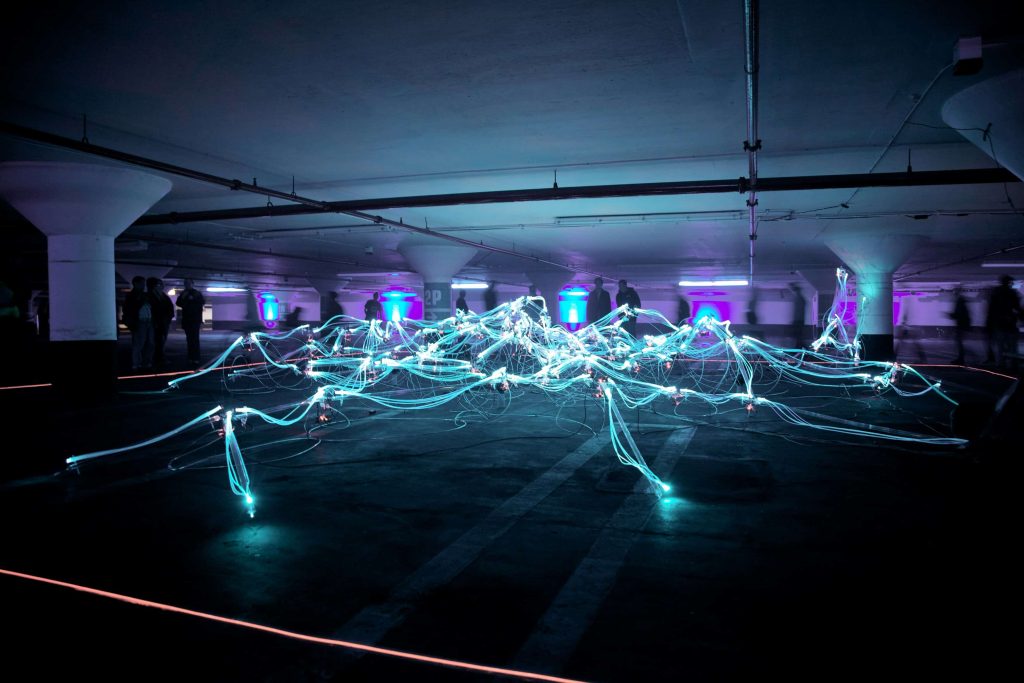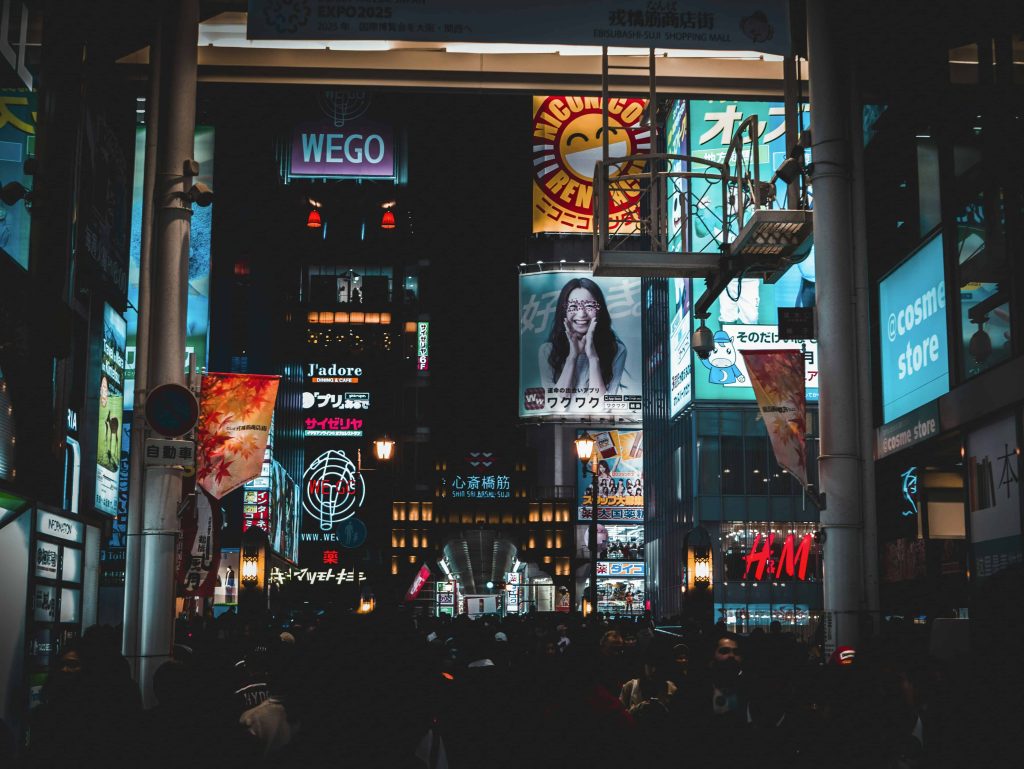
13 May Augmented Reality in Digital Art Displays in 2024
Augmented Reality in Digital Art Displays: Redefining the Canvas
In recent years, Augmented Reality (AR) has emerged as a groundbreaking technology, blurring the lines between the physical and digital worlds. One fascinating application of AR is its integration into the realm of digital art, where it breathes new life into traditional mediums and expands artistic boundaries. This article explores the profound impact of AR on digital art displays, from transforming static artworks to enhancing the overall art appreciation experience.
Augmented Reality (AR) technology enriches our perception of reality by overlaying digital information onto the physical world. In the context of digital art, AR offers unprecedented opportunities for artists to create immersive and interactive experiences. This fusion of art and technology marks a significant shift in how we engage with and perceive artistic expression.

AR's Impact on Digital Art Displays
Transforming Static Artworks
AR transcends the static nature of traditional art by introducing dynamic elements such as animation, motion, and three-dimensional effects. Through AR-enhanced displays, artworks come to life, captivating viewers and sparking their imagination. Whether it’s a painting, sculpture, or installation, AR adds layers of depth and interactivity, inviting audiences to explore beyond the confines of the physical piece.
Creating New Artistic Possibilities
For artists, AR serves as a powerful tool for pushing the boundaries of creativity. It enables them to craft entirely new experiences that transcend the limitations of traditional mediums. By leveraging AR technology, artists can explore concepts of space, time, and perception, creating artworks that exist beyond the constraints of physical reality. This opens up a world of endless possibilities, where imagination knows no bounds.

Enhancing the Art Appreciation Experience
Providing Additional Information
AR empowers art enthusiasts with a wealth of supplementary information and context. By layering educational content onto artworks, AR enriches the viewer’s understanding and appreciation of the piece. Whether it’s historical background, artistic techniques, or personal insights from the creator, AR bridges the gap between the artwork and its audience, fostering a deeper connection and engagement.
Fostering Audience Participation
One of the most exciting aspects of AR in digital art displays is its potential for audience participation. By enabling interactive and participatory experiences, AR transforms viewers into active participants in the creative process. Whether it’s through virtual reality installations, collaborative projects, or gamified experiences, AR blurs the lines between spectator and creator, fostering a sense of ownership and belonging within the artistic community.

Conclusion
In summary, Augmented Reality (AR) has emerged as a transformative force in the world of digital art displays, revolutionizing how we perceive, interact with, and appreciate artistic expression. By seamlessly integrating digital elements with traditional mediums, AR breathes new life into static artworks, transcending the limitations of physical space and time. Moreover, AR enriches the art appreciation experience by providing context, fostering engagement, and empowering audiences to become active participants in the creative process. As technology continues to evolve, the future of digital art displays holds boundless opportunities for innovation, creativity, and immersive experiences.
Key Takeaways
- AR Transforms Static Art: Augmented Reality (AR) injects dynamism into traditional art forms by introducing animation, motion, and 3D effects, enhancing the viewer’s engagement and imagination.
- Expanding Artistic Boundaries: AR offers artists limitless creative possibilities, enabling them to explore concepts like space, time, and perception beyond the constraints of physical reality.
- Deepening Art Appreciation: AR enriches the viewer’s understanding of art by providing supplementary information and fostering interactive experiences, blurring the line between spectator and creator.
- Future Innovations: The integration of AR in digital art displays opens doors to endless innovation and immersive experiences as technology continues to evolve.
FAQs
How does Augmented Reality (AR) transform static artworks?
Augmented Reality adds dynamic elements like animation and 3D effects to static artworks, making them interactive and captivating. This FAQ explores how AR breathes new life into traditional pieces, enhances the viewing experience, and sparks imagination.
What new artistic possibilities does AR enable in digital art?
AR empowers artists to transcend traditional mediums, exploring concepts of space, time, and perception. This FAQ delves into how AR technology opens up boundless creative opportunities, pushing the boundaries of artistic expression.
How does AR enhance the art appreciation experience?
AR enriches art appreciation by providing additional information and fostering audience participation. This FAQ explains how AR empowers viewers with educational content, historical context, and insights from creators, deepening their understanding and connection to the artwork while transforming them into active participants in the creative process.
Navigate the landscape of grants and funding options designed to fuel creativity and collaboration across cultures.

